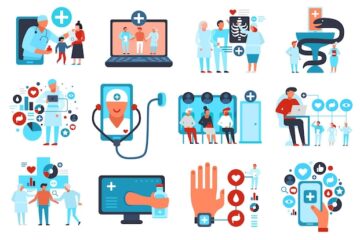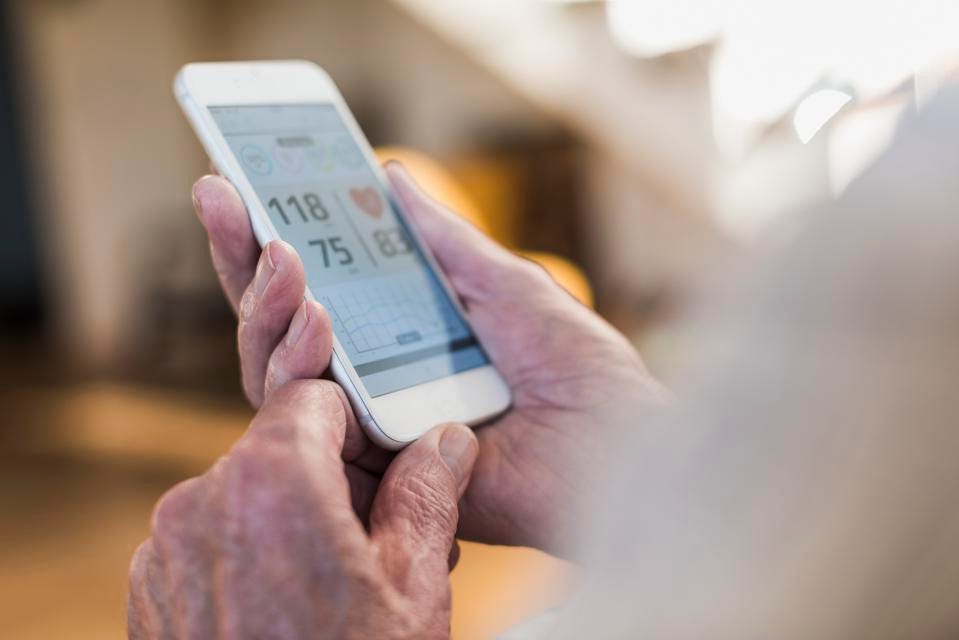
We will get to a point in the not-too-distant future where EHRs are a great deal more functional and user friendly, where APIs link most if not all healthcare IT platforms and clinical devices, where personal wearable technology enables remote monitoring of patient condition.
These are largely technical challenges with some policy mixed in that can be solved through improved technology and targeted incentives. In the meantime, as technology progresses, American healthcare faces some more intransigent challenges that technology can help with but will not solve.
Patient engagement, for example, is a thorny social science issue nested in a systemic healthcare maze that will always require attention. Better patient engagement has proven to reduce hospital visits, lower morbidity and mortality, and improve both adherence to treatment and general quality of life. But there is no one-size-fits-all solution for this essential challenge.
“Patient engagement is whatever the patient thinks it is,” Frederick Muench, director of digital health intervention in the Department of Psychiatry at Northwell Health, told Healthcare IT News. “If we start at that point, work backward by figuring out the barriers and then fitting technology in, we’re able to overcome those barriers and judge success as outcomes.”
Muench is saying that technology is necessary to improve engagement, but it’s not sufficient—it can’t make patients engage all by itself. For that, patients need a compelling reason, like chronic disease.
“Because of the demands of managing insulin, the role of my physicians has changed dramatically,” wrote diabetes patient Anna McCollister-Slipp in NEJM Catalyst. “Once, they were the source of all knowledge and guidance. Now, I consider my physicians to be consultants … like it or not, I am the executive in charge of maintaining my health and managing my disease.”
The goal of healthcare, one could argue, is to make all patients “the executive in charge of maintaining” their health without an immediate, life-threatening reason. The challenge is finding the compelling reason for each individual patient.
The good news is that patients are on board, at least with the technical part of the equation.
According to a 2016 consumer survey by Accenture Consulting, patients who have access to their health data in an EHR are looking at that data more frequently. Use of both health apps and wearables have more than doubled in the last two years, going from 16 to 33 percent in the former and 9 to 21 percent in the latter. And 78 percent of survey respondents expressed willingness to wear technology to track lifestyle and physical health; 90 percent were okay with sharing wearable or app data with a doctor.
Now, how do we move beyond wearing some devices for a day or so to actually achieving what Health Affairs calls “patient activation,” which is more narrowly tailored than patient engagement and refers to “a patient’s knowledge, skills, ability, and willingness to manage his or her own health and care.”
The operative phrase, defining what patients require to be engaged, is “knowledge, skills, ability, and willingness.” And, really, we’re talking about willingness first and foremost, after which knowledge, skills and ability can be acquired.
Maybe because health issues are often private and sometimes stigmatizing, leaving the patient feeling vulnerable and isolated.
“… patients who watch a video about the importance of wearing sunscreen told from the point of view of someone suffering from melanoma are much more likely to apply suntan lotion or schedule a checkup no matter how many times they’ve heard a physician recommend it,” Diana Keough writes in For the Recordmagazine to demonstrate how the sharing of personal experiences among patients has a powerful impact on behavior.
Making licensed online content part of the patient portal demonstrates to patients that someone else has faced the same physical challenges and managed to overcome. The content, when combined with a collaborative physician/patient relationship, becomes empowering and, yes, engaging.
Increasingly, patients are coming to appointments armed with information found online. MediaBistro determined that 40 percent of consumers are influenced by health information found on YouTube and other online sources. Why don’t clinicians and healthcare organization continue down that same path?
Maybe patients should have full access to their health records as part of a dramatic shift in the relationship between doctors and patients that includes more information and resources, and longer visits. Most doctors already think more time together is the best way to improve patient engagement, per a NEJM Catalyst Insights Council survey.
The approaches will vary, but the ultimate goal will be to make a patient’s health real, pressing, urgent and relevant. Testimonials from other patients is one way to do it, and certainly there are many others, none of which will work for a small percentage of immoveable patients.
The dramatic ongoing changes to American healthcare include a mix of pressures and incentives for both doctors and patients. The pressures on doctors are well documented and must be alleviated, perhaps by patients taking on a bit more of the health burden themselves. For that to happen, the patient’s health has to be made real, urgent, pressing and relevant.
But most will have to be led, urged, cajoled and educated before improving patient health becomes a collaborative endeavor. The end result has to be a patient population that is more engaged to avoid simply kicking the same problems down the road.
Physicians, hospitals and health systems don’t need the additional pressure of finding different ways to engage individual patients, but for those that do, the rewards in terms of reimbursement and a stronger relationship with patients can balance out the costs.
[Source:-HIT]




